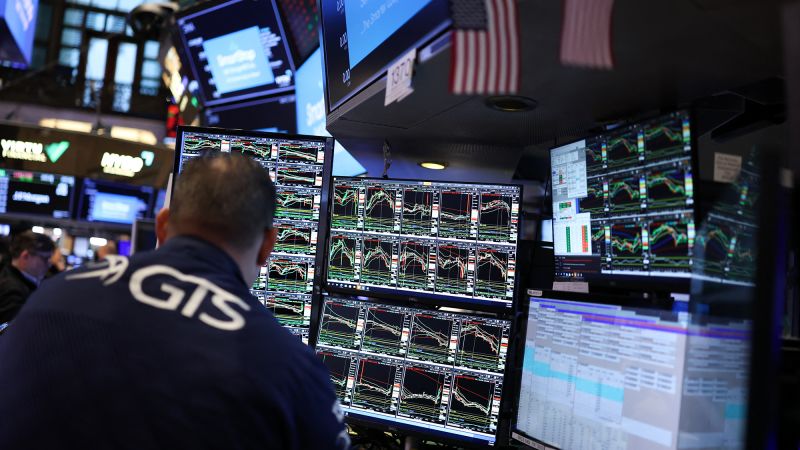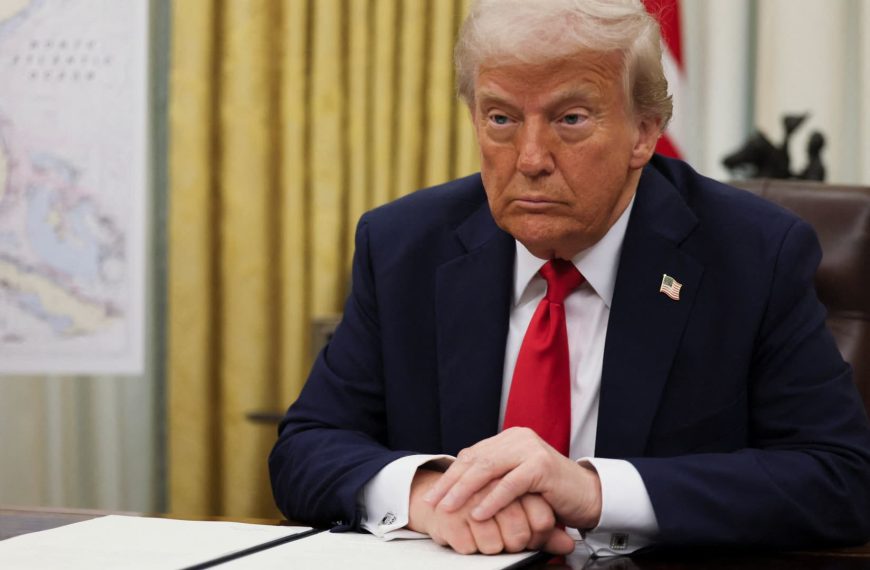Asia-Pacific Markets Experience Mild Gains Amid Global Trading Turbulence
On Monday, the Asia-Pacific financial markets showed a predominantly positive trend after a week of significant fluctuations worldwide. U.S. stock futures are indicating a potential dip as they prepare for opening, reflecting ongoing concerns about President Donald Trump’s tariff strategies and their implications for the U.S. economy, particularly regarding growth and inflation.
Investor Focus on Steel Tariffs
Market participants are closely monitoring developments related to the impending 25% tariffs on steel and aluminum imports, set to take effect this Wednesday. This situation has led investors to scrutinize the performance of steel manufacturers carefully.
- Australia’s S&P/ASX 200 increased by 0.24%, achieving a six-month high in the previous session.
- Japan’s Nikkei 225 saw a rise of 0.45%, though the broader Topix index remained stable.
- South Korea’s Kospi advanced by 0.55%, while the smaller Kosdaq index showed little movement.
China’s Inflation Declines
In a significant development, China’s consumer inflation fell below zero for the first time in over a year, attributed to seasonal influences and deflationary trends. According to data from the National Bureau of Statistics, the consumer price index dropped by 0.7% in February compared to the previous year, contrasting with a 0.5% increase the month before.
Moreover, China has responded to recent trade tensions by instituting retaliatory tariffs on certain Canadian agricultural products. Effective immediately, a 100% tariff will be imposed on Canadian rapeseed oil and other related goods, while a 25% levy will apply to aquatic products and pork imports from Canada.
U.S. Markets Close Higher Despite Volatility
On the U.S. front, major stock indices closed higher on Friday, albeit after a turbulent session. The S&P 500 managed to recover some losses, climbing 0.55% to settle at 5,770.20, despite experiencing its most challenging week in recent months. The Nasdaq Composite rose by 0.7% to reach 18,196.22, while the Dow Jones Industrial Average increased by 222.64 points, or 0.52%, closing at 42,801.72.
As the week unfolds, all eyes will remain on how these tariff policies will affect market dynamics and investor confidence across the globe.











